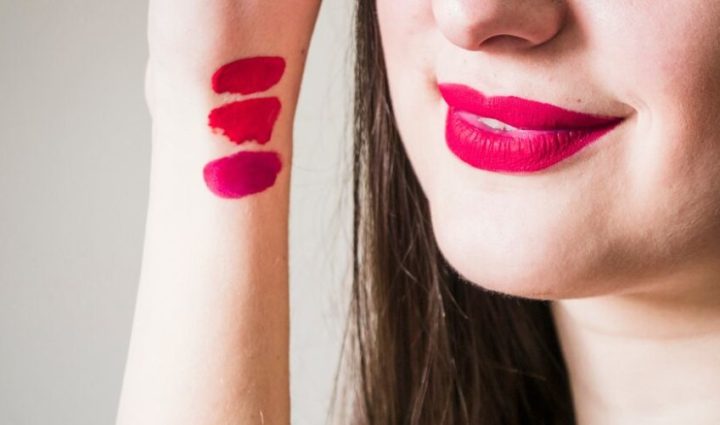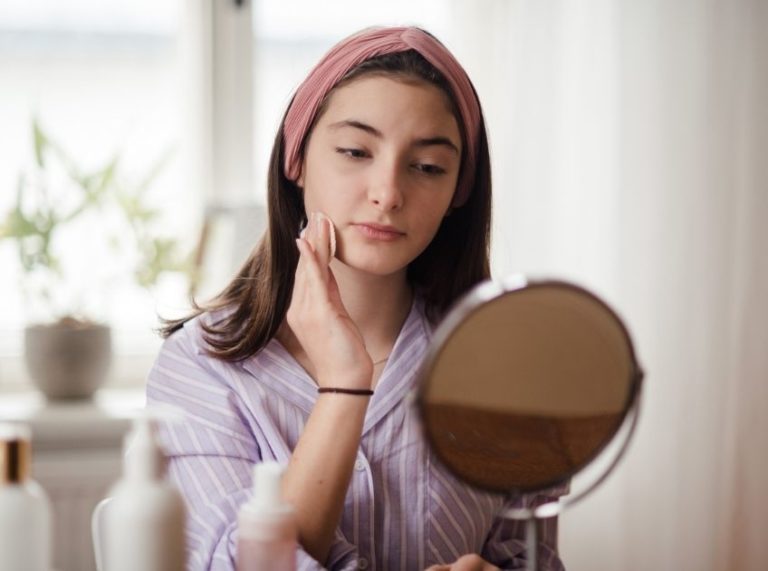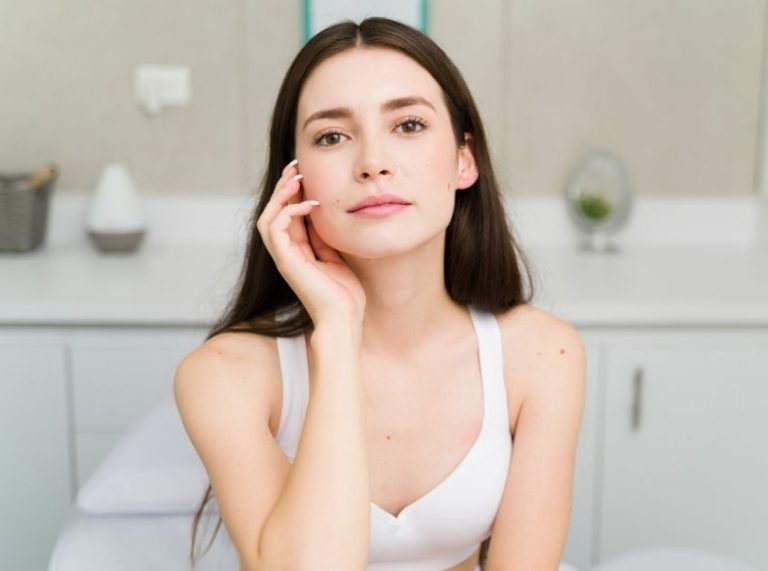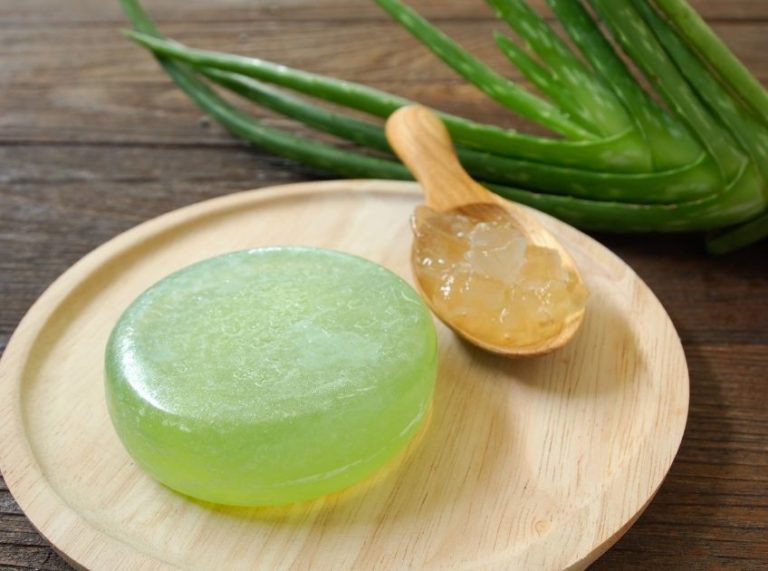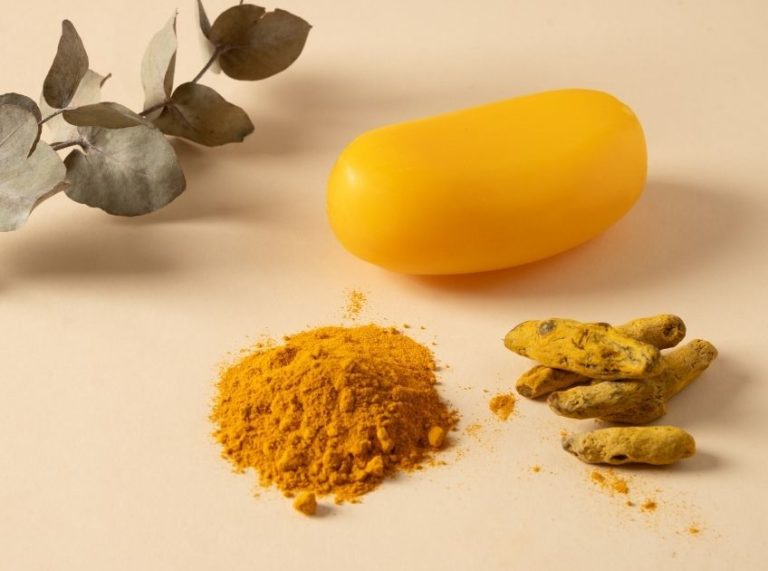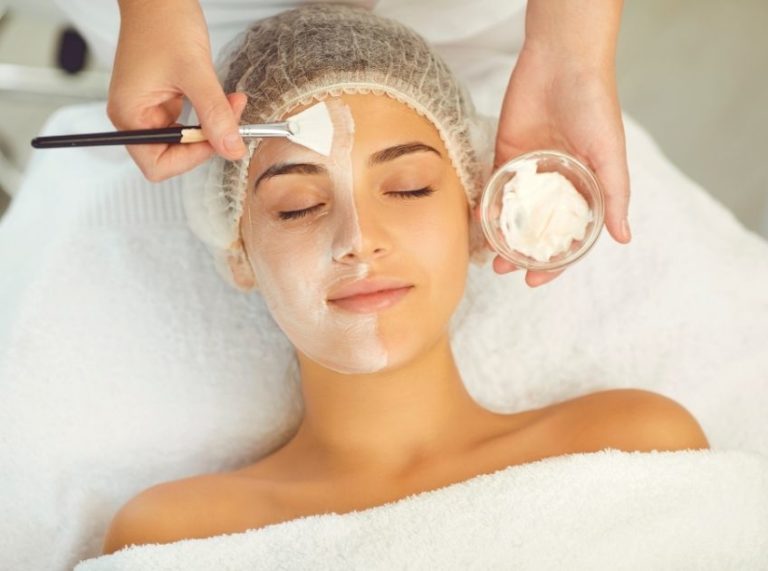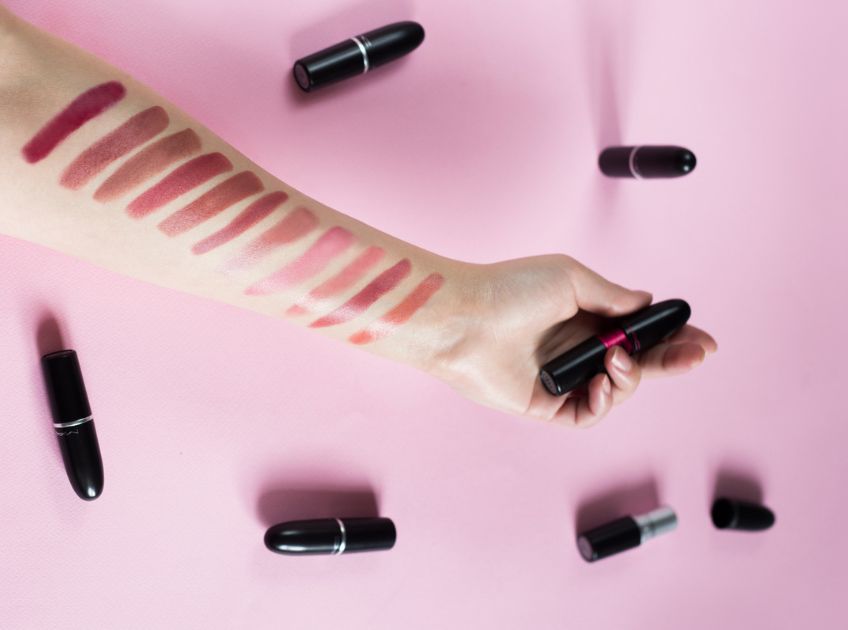
Important: This article is for informational purposes only. Please read our full disclaimer for more details.
Finding the right lipstick shade can be a total game-changer—it adds confidence, defines your look, and pulls your entire makeup together. But with thousands of shades out there, how do you choose the perfect one that flatters your skin tone? The secret lies in understanding your undertone, complexion depth, and a bit of expert color theory.
In this expert-backed guide, we break down how to pick your ideal lipstick shade based on your skin tone—fair, medium, olive, or deep—so your pout pops every time.
Know Your Skin’s Undertone First
Before grabbing any lipstick, you need to identify your skin’s undertone—it’s the key to choosing a flattering shade. Your undertone stays the same even if your skin darkens or lightens due to sun exposure or seasonal changes.
- Cool Undertone: Pink, red, or bluish hues beneath the surface. Veins appear blue.
- Warm Undertone: Yellow, peachy, or golden hues. The veins look greenish.
- Neutral Undertone: A mix of both. Veins may appear bluish-green.
- Expert Tip: Hold up silver and gold jewelry. If silver flatters you more, you’re cool-toned. If gold looks better, you’re warm-toned. If both suit you, you’re likely neutral.
Fair Skin: Soft Shades That Don’t Overpower
Fair-skinned individuals often have cool or neutral undertones, and lighter colors enhance their natural features without looking too stark.
Best Lipstick Shades
- Soft pinks, nude peaches, and light coral
- Rose or dusty pinks for everyday wear
- Cool berry tones for a bolder look
Avoid: Very dark or brown-toned lipsticks, which can overwhelm your features.
Pro Tip: A rosy nude can be your daily go-to—it enhances your lip color without looking washed out.
Medium Skin: Versatile with Warm and Cool Picks
Medium skin tones (often with warm or neutral undertones) have the flexibility to pull off a wide spectrum of lipstick shades.
Best Lipstick Shades
- Rose, mauve, and caramel tones for day looks
- Berry, deep pinks, and rich reds for evenings
- Warm coral and cinnamon hues for a summery vibe
Avoid: Extremely pale nudes—they can wash you out.
Pro Tip: Try a classic cherry red with a blue undertone—it instantly brightens your complexion.
Olive Skin: Earthy and Bold for Balance
Olive skin often has green or golden undertones, giving you a natural glow that pairs beautifully with earthy and deep hues.
Best Lipstick Shades
- Terracotta, brick reds, and warm browns
- Deep rose and wine shades for depth
- Coral-orange tones to enhance warmth
Avoid: Very cool-toned pinks or purples—they may clash with your natural warmth.
Pro Tip: A burnt orange lipstick adds life to olive skin and is especially stunning in summer.
Deep Skin: Rich, Bold Colors That Pop
Deeper complexions can carry bold, vibrant colors effortlessly. Shades with intense pigment bring out the skin’s natural richness.
Best Lipstick Shades
- Plum, wine, chocolate, and deep red
- Bright orange-red or magenta for contrast
- Metallics like bronze or copper for bold looks
Avoid: Pale or frosty nudes—they can appear ashy on deeper tones.
Pro Tip: Go for a deep berry matte for a sultry, evening-ready finish.
The Everyday Rule: Match Mood, Not Just Tone
While skin tone is essential, don’t forget to consider the occasion and your style.
- For Work: Choose creamy nudes or muted rose tones.
- For Date Night: Deep reds or soft mauves add allure.
- For Fun or Casual Looks: Try glosses with shimmer or playful coral tints.
How to Test Before You Buy
Trying before buying is crucial—lighting and packaging can be deceptive.
- Swatch on your inner wrist for a quick tone check.
- Try it on your lips if in-store samples are safe to use.
- Use virtual try-on tools on brand websites for a cleaner option.
Expert Tip: Always test in natural light for the most accurate result.
Frequently Asked Questions (FAQ’S)
1. What lipstick shades make teeth look whiter?
A. Lipsticks with cool undertones, especially blue-based reds or pinks, create a contrast that visually brightens your teeth. Avoid yellow or orange-based lipsticks if you want a whiter smile.
2. Can I wear a lipstick shade that’s not recommended for my skin tone?
A. Absolutely. Guidelines help you start, but personal preference, confidence, and style matter more. If a shade makes you feel good—go for it!
3. What’s the best way to make lipstick last longer?
A. Use a lip liner to outline and fill in lips, apply lipstick, blot with tissue, and then reapply. For extra staying power, set with a light dusting of translucent powder through a tissue.
Final Thoughts
Lipstick isn’t just about color—it’s about how it makes you feel. Whether you’re into nudes, reds, or bold purples, choose what empowers you. The right shade will enhance your natural beauty and give your smile that extra sparkle.

